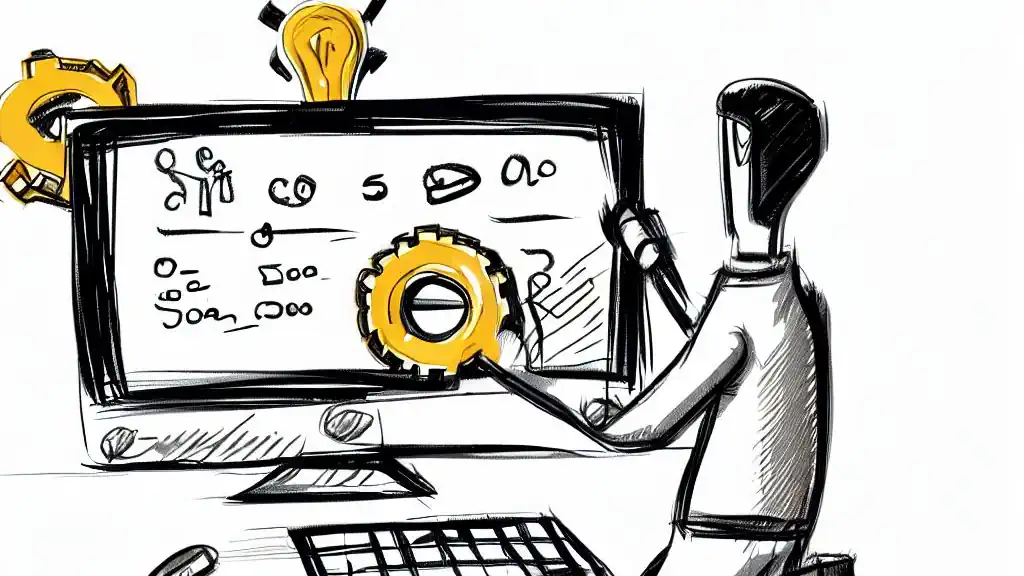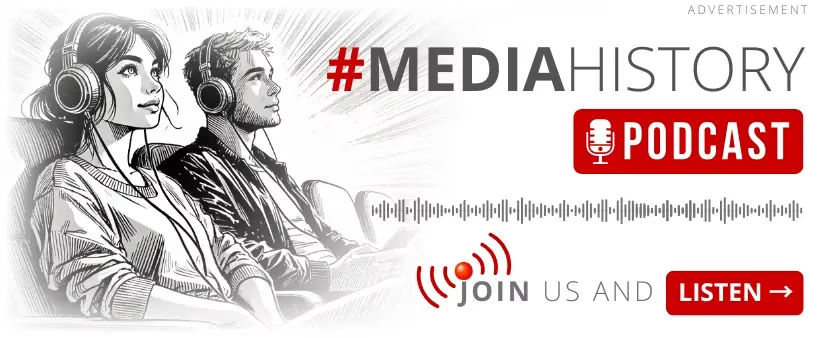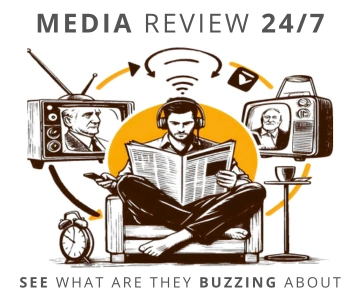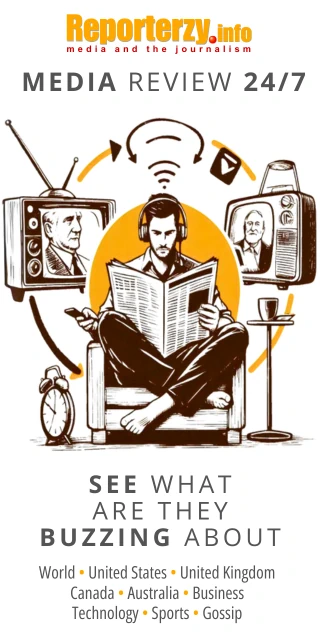 image: bing.com/create
image: bing.com/createContent is key for the reader. If they find valuable and interesting information, they`ll read it through. However, with over 90% of Polish internet traffic coming from Google (as reported by Gemius), cutting through the competition is essential. Here’s where SEO (Search Engine Optimization) steps in. Is it really worth focusing on? Absolutely. Over 90% of Google-driven traffic comes from the first page of search results.
SEO and the 4x4 Rule: People vs. Machines
Journalists new to the web, or those transitioning from print to digital, often overlook an important aspect. While they’re writing for people, they first need to convince the algorithm to display their content. Without this, even the best article may go unread.
Many SEO principles exist, but here are the basics journalists and bloggers can control:
- Creating effective article titles,
- Determining the ideal article length,
- Understanding and using keywords effectively.
These are the most frequent questions from participants in my SEO workshops for journalists and companies creating their own online content. From these inquiries emerged the easy-to-remember 4x4 rule.
Article Titles and the First Four Words
The article title is crucial. It has the biggest impact on whether Google displays the content to a searcher. The more relevant to the search query, the higher the chances of ranking well. When brainstorming a title, put yourself in the reader’s shoes and think of the word combinations they might use to search. Place those words at the beginning of the title, following the 4x4 rule: the first four words are the most important.
This approach may limit poetic titles, but with some practice, you can work around it. Try splitting the title into two parts: the first part for the algorithm, using keywords, and the second to intrigue the reader.
Article Length: How Many Characters to Write
SEO guidelines suggest a minimum article length of about 300 words or 1,500-2,000 characters with spaces. Many text editors track character count, but the 4x4 rule offers additional guidance. One tip is to keep each paragraph around four lines on a computer screen.
Such paragraphs read easily, don’t overwhelm, and fit well on mobile screens - a crucial consideration as more users access the web from mobile devices than from desktops.
A four-line paragraph typically holds around 400 characters, depending on the webpage’s width. Therefore, an article needs at least four such paragraphs. This is the third part of the 4x4 rule: the minimum of four paragraphs helps ensure that the search engine notices the article.
Keyword Frequency in the Article
The key rule on keyword density is: don’t overdo it. Experts disagree on the exact threshold, ranging from 5% to 8%. Too high a density risks marking the article as spam, leading to lower rankings or even removal from Google’s search results.
The safe and effective range is 1-2% keyword density. In our minimalist example of 300-400 words, that means… precisely four times. Remember the reader, though - keywords should feel natural and unobtrusive, with variations where they make sense.
Lastly, remember that SEO guidelines aren’t dogmas. Journalists, bloggers, and product description writers don’t need to follow them rigidly. The rules help achieve better rankings, but content remains the priority.
For more information on SEO and optimization (and more), visit our trainings. Workshops to go, anytime and anywhere.
COMMERCIAL BREAK
New articles in section Skills and knowledge
War reporter in the new reality. Evolving techniques, same purpose
KFi
What happens when war breaks out just across the border and journalists aren't ready? Polish reporters faced that question after Russia invaded Ukraine in 2022. Lacking training, they improvised: blurred details, hid names, and balanced trauma with truth.
A heuristic trap in media coverage. How loud headlines boost fear
Bartłomiej Dwornik
A negative message that rests on emotion lifts the sense of threat by 57%. Why do reports of a plane crash drive investors away from airline shares? Why do flood stories spark worry about the next deluge? The pattern is irrational yet clear and proven.
How LLMs are reshaping SEO. Smart content strategies for the age of AI
BDw
For years, SEO was a fairly predictable game. Pick the right keywords, optimize your content, and watch your website climb the rankings. But today, a silent revolution is underway - and it`s being led by large language models (LLMs) like ChatGPT, Claude, Gemini, and DeepSeek.
See articles on a similar topic:
How ChatGPT, Google Gemini, and Other Large Language Models Work
Krzysztof Fiedorek
These powerful algorithms can generate text, translate languages, write various types of creative content, and answer your questions in a way that often feels like a conversation with a person. But how is it possible for a machine to mimic human intelligence so well?
Max Weber's Theory of Political Sociology
Krzysztof Dowgird
Max Weber, a German sociologist who lived from 1864 to 1920, was undoubtedly the greatest non-Marxist sociologist of political relations. He had a tremendous and enduring impact on many branches of social sciences, including the sociology of political relations.
Psychology of Politics: Extremism
Krzysztof Dowgird
The term "extremist," according to the dictionary definition, refers to "a person with extreme views, a radical, an advocate of extreme, ultimate measures." In relation to political extremism, this means, first, views of an extreme nature (including approval for the use of force to solve political problems).
Readability: Tools for Journalists to Enhance Text Clarity
Bartłomiej Dwornik
Even the most substantive content must be presented in an accessible and visually appealing way. First, so the reader can understand it. Second, to be easy on the eyes. In both cases, machines can help. Here are some tools for measuring text readability that every journalist might find useful.






























